Scientists at the Max Planck Institute for Human Cognitive and Brain Sciences in Leipzig have unearthed fascinating evidence…
Bottled Water Can Contain Hundreds of Thousands of Previously Uncounted Tiny Plastic Bits – Technology Org
In recent years, there has been rising concern that tiny particles known as microplastics are showing up basically…
‘Blob-like’ home of the farthest-known fast radio burst is a collection of seven galaxies – Technology Org
In summer 2022, astronomers detected the most powerful fast radio burst (FRB) ever observed. And coming from a…
NASA’s Webb Finds Signs of Possible Aurorae on Isolated Brown Dwarf – Technology Org
Astronomers using NASA’s James Webb Space Telescope have found a brown dwarf (an object more massive than Jupiter but smaller…
NASA/JAXA XRISM Mission Reveals Its First Look at X-ray Cosmos – Technology Org
The Japan-led XRISM (X-ray Imaging and Spectroscopy Mission) observatory has released a first look at the unprecedented data it will…
Considering the opportunities, dangers and applications of AI – Technology Org
Reflecting on the swift technological progress that has reshaped the educational landscape in just the past year is…
Mysterious missing component in the clouds of Venus revealed – Technology Org
Researchers may have identified the missing component in the chemistry of the Venusian clouds that would explain their…
The future of motorcycles could be hydrogen
MIT’s Electric Vehicle Team, which has a long record of building and racing innovative electric vehicles, including cars and motorcycles, in international professional-level competitions, is trying something very different this year: The team is building a hydrogen-powered electric motorcycle, using a fuel cell system, as a testbed for new hydrogen-based transportation.
The motorcycle successfully underwent its first full test-track demonstration in October. It is designed as an open-source platform that should make it possible to swap out and test a variety of different components, and for others to try their own versions based on plans the team is making freely available online.
Aditya Mehrotra, who is spearheading the project, is a graduate student working with mechanical engineering professor Alex Slocum, the Walter M. May and A. Hazel May Chair in Emerging Technologies. Mehrotra was studying energy systems and happened to also really like motorcycles, he says, “so we came up with the idea of a hydrogen-powered bike. We did an evaluation study, and we thought that this could actually work. We [decided to] try to build it.”
Team members say that while battery-powered cars are a boon for the environment, they still face limitations in range and have issues associated with the mining of lithium and resulting emissions. So, the team was interested in exploring hydrogen-powered vehicles as a clean alternative, allowing for vehicles that could be quickly refilled just like gasoline-powered vehicles.
Unlike past projects by the team, which has been part of MIT since 2005, this vehicle will not be entering races or competitions but will be presented at a variety of conferences. The team, consisting of about a dozen students, has been working on building the prototype since January 2023. In October they presented the bike at the Hydrogen Americas Summit, and in May they will travel to the Netherlands to present it at the World Hydrogen Summit. In addition to the two hydrogen summits, the team plans to show its bike at the Consumer Electronics Show in Las Vegas this month.
“We’re hoping to use this project as a chance to start conversations around ‘small hydrogen’ systems that could increase demand, which could lead to the development of more infrastructure,” Mehrotra says. “We hope the project can help find new and creative applications for hydrogen.” In addition to these demonstrations and the online information the team will provide, he adds, they are also working toward publishing papers in academic journals describing their project and lessons learned from it, in hopes of making “an impact on the energy industry.”
For the love of speed: Building a hydrogen-powered motorcycle
The motorcycle took shape over the course of the year piece by piece. “We got a couple of industry sponsors to donate components like the fuel cell and a lot of the major components of the system,” he says. They also received support from the MIT Energy Initiative, the departments of Mechanical Engineering and Electrical Engineering and Computer Science, and the MIT Edgerton Center.
Initial tests were conducted on a dynamometer, a kind of instrumented treadmill Mehrotra describes as “basically a mock road.” The vehicle used battery power during its development, until the fuel cell, provided by South Korean company Doosan, could be delivered and installed. The space the group has used to design and build the prototype, the home of the Electric Vehicle Team, is in MIT’s Building N51 and is well set up to do detailed testing of each of the bike’s components as it is developed and integrated.
Elizabeth Brennan, a senior in mechanical engineering, says she joined the team in January 2023 because she wanted to gain more electrical engineering experience, “and I really fell in love with it.” She says group members “really care and are very excited to be here and work on this bike and believe in the project.”
Brennan, who is the team’s safety lead, has been learning about the safe handling methods required for the bike’s hydrogen fuel, including the special tanks and connectors needed. The team initially used a commercially available electric motor for the prototype but is now working on an improved version, designed from scratch, she says, “which gives us a lot more flexibility.”
As part of the project, team members are developing a kind of textbook describing what they did and how they carried out each step in the process of designing and fabricating this hydrogen electric fuel-cell bike. No such motorcycle yet exists as a commercial product, though a few prototypes have been built.
That kind of guidebook to the process “just doesn’t exist,” Brennan says. She adds that “a lot of the technology development for hydrogen is either done in simulation or is still in the prototype stages, because developing it is expensive, and it’s difficult to test these kinds of systems.” One of the team’s goals for the project is to make everything available as an open-source design, and “we want to provide this bike as a platform for researchers and for education, where researchers can test ideas in both space- and funding-constrained environments.”
Unlike a design built as a commercial product, Mehrotra says, “our vehicle is fully designed for research, so you can swap components in and out, and get real hardware data on how good your designs are.” That can help people work on implementing their new design ideas and help push the industry forward, he says.
The few prototypes developed previously by some companies were inefficient and expensive, he says. “So far as we know, we are the first fully open-source, rigorously documented, tested and released-as-a-platform, [fuel cell] motorcycle in the world. No one else has made a motorcycle and tested it to the level that we have, and documented to the point that someone might actually be able to take this and scale it in the future, or use it in research.”
He adds that “at the moment, this vehicle is affordable for research, but it’s not affordable yet for commercial production because the fuel cell is a very big, expensive component.” Doosan Fuel Cell, which provided the fuel cell for the prototype bike, produces relatively small and lightweight fuel cells mostly for use in drones. The company also produces hydrogen storage and delivery systems.
The project will continue to evolve, says team member Annika Marschner, a sophomore in mechanical engineering. “It’s sort of an ongoing thing, and as we develop it and make changes, make it a stronger, better bike, it will just continue to grow over the years, hopefully,” she says.
While the Electric Vehicle Team has until now focused on battery-powered vehicles, Marschner says, “Right now we’re looking at hydrogen because it seems like something that’s been less explored than other technologies for making sustainable transportation. So, it seemed like an exciting thing for us to offer our time and effort to.”
Making it all work has been a long process. The team is using a frame from a 1999 motorcycle, with many custom-made parts added to support the electric motor, the hydrogen tank, the fuel cell, and the drive train. “Making everything fit in the frame of the bike is definitely something we’ve had to think about a lot because there’s such limited space there. So, it required trying to figure out how to mount things in clever ways so that there are not conflicts,” she says.
Marschner says, “A lot of people don’t really imagine hydrogen energy being something that’s out there being used on the roads, but the technology does exist.” She points out that Toyota and Hyundai have hydrogen-fueled vehicles on the market, and that some hydrogen fuel stations exist, mostly in California, Japan, and some European countries. But getting access to hydrogen, “for your average consumer on the East Coast, is a huge, huge challenge. Infrastructure is definitely the biggest challenge right now to hydrogen vehicles,” she says.
She sees a bright future for hydrogen as a clean fuel to replace fossil fuels over time. “I think it has a huge amount of potential,” she says. “I think one of the biggest challenges with moving hydrogen energy forward is getting these demonstration projects actually developed and showing that these things can work and that they can work well. So, we’re really excited to bring it along further.”
Researchers Revolutionizing Navigation With Twisted Ringbots
In the evolving world of robotics, a groundbreaking innovation has emerged: the twisted ringbot. These new soft robots, developed by researchers at North Carolina State University, are redefining the capabilities of autonomous machines with their unique ability to perform three simultaneous behaviors. Unlike conventional robots, twisted…
50 Free High-Resolution Texture Packs for Designers
The number of options, directions, and aesthetic approaches you can take from simply adding a texture to your work is mind-boggling. Of course, not every design, photo, or video benefits from even the most subtle of textures, but you might be surprised at how a high-resolution texture can bring a design to life.
Knowing when to use a texture and which texture to use comes down to the flow of the design and the priority of information on the page. It is a good idea to keep certain textures in mind while working on a project, but don’t finalize them until you’ve seen the design as a whole.
Texture selection can be an involved and time-consuming process. Firstly, you have to search for that particular texture your design needs, and secondly, you have to test and tweak it to discover the one that actually works.
It is that search process we aim to help you with. We have a huge selection of free high-resolution textures for you today that are just shouting out for use in your next project.
What are Textures?
Textures are visual and tactile elements that can add depth and dimension to your design projects, photographs, or videos. They provide a sensory experience akin to touching a textured surface.
They can range from a concrete wall’s rough, gritty feel to a silk fabric’s soft, smooth appearance. Textures add a layer of realism, creating an engaging visual and emotional connection with your audience.
How Can Textures Enhance Your Projects?
Textures can infuse your designs with visual interest and variety, breaking up monotonous or flat surfaces. Whether working on a website, print material, digital art, or video, textures can make your work stand out.
Different textures can evoke specific emotions. For instance, a wooden texture might convey warmth and rustic charm, while a metal texture could evoke a sense of modernity and strength. Understanding these associations allows you to communicate effectively with your audience.
Textures can add depth to your work, making them more realistic and relatable. This can be particularly important for product presentations or architectural renderings.
Free Paper Textures
10 Ripped Paper Texture Set (By TuomoDesign, PNG)
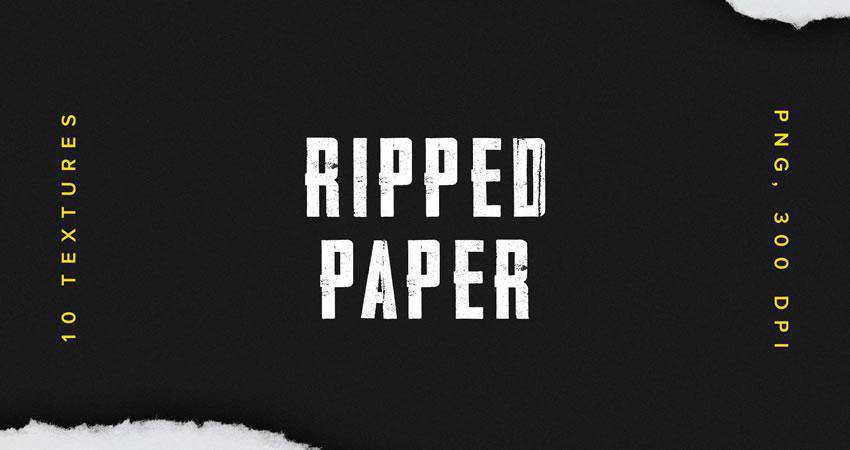
5 Glued Paper Textures (By Indie Ground, JPG)

6 Free Wrinkle Paper Textures (By Deezy, JPG)
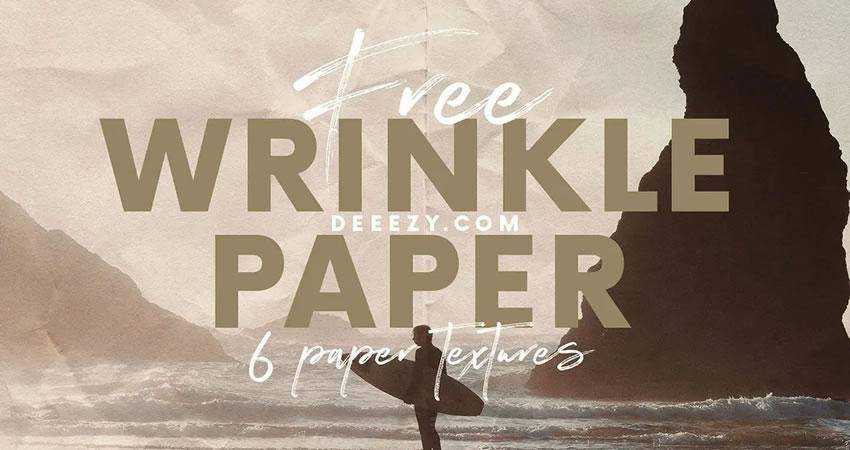
16 Free Vintage Paper Textures (By Nassy Art, JPG)
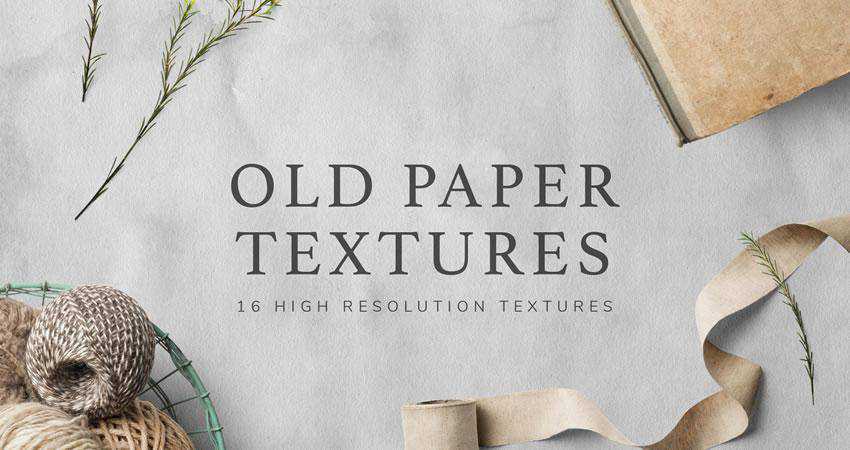
10 Free Marble Paper Textures (By Nastia Smiyan, JPG)
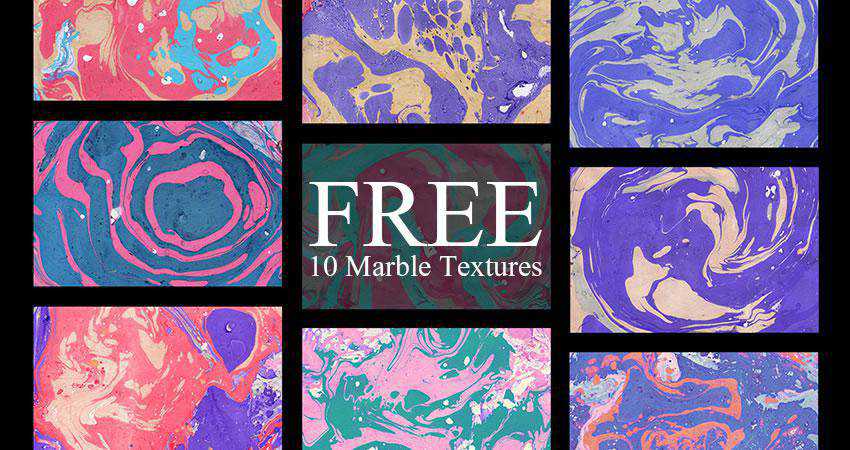
Free Dirt & Grit Textures
18 Free Grit Textures (By Diego Arriagada, PNG)
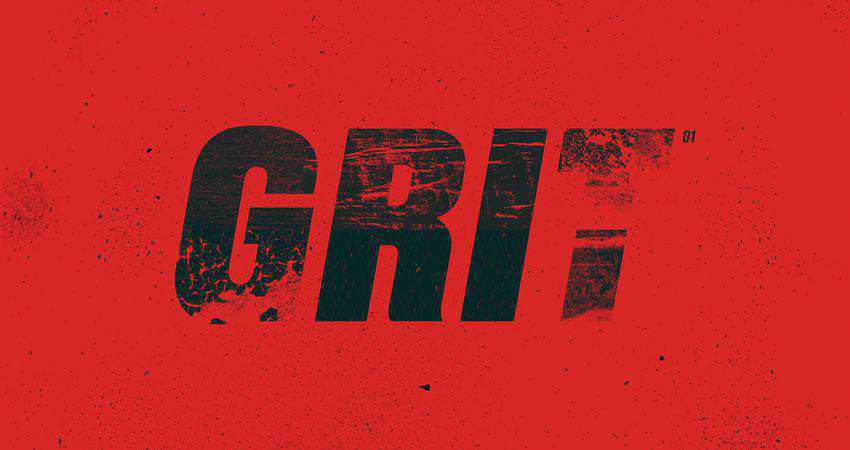
Vintage Grit Textures (AI, EPS & PNG)
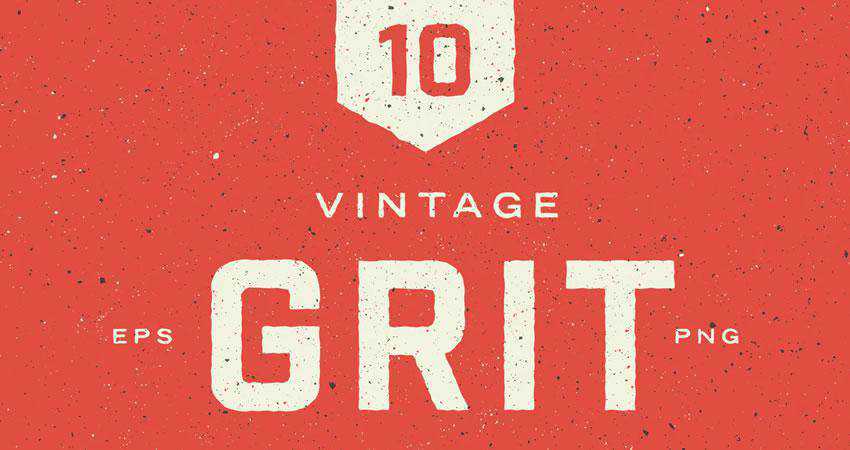
10 Free Dust & Dirt Overlay Textures (By GraphicsFuel, JPG)
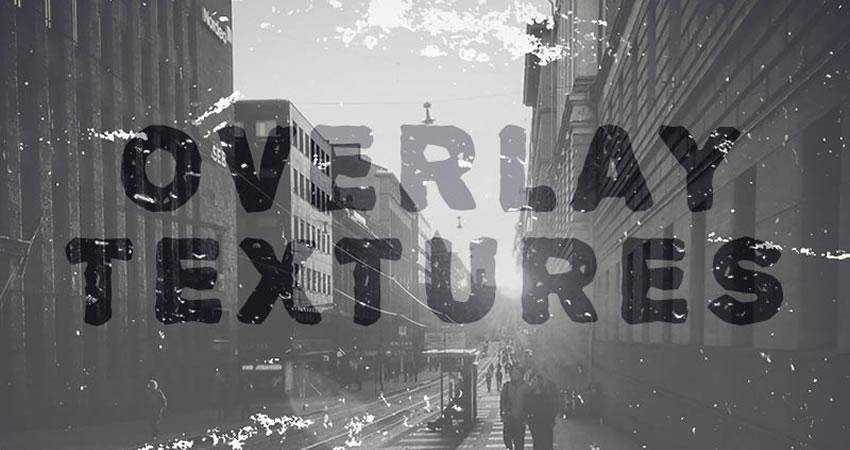
14 Urban Textures (By Nova Design Co, JPG, PNG & EPS)
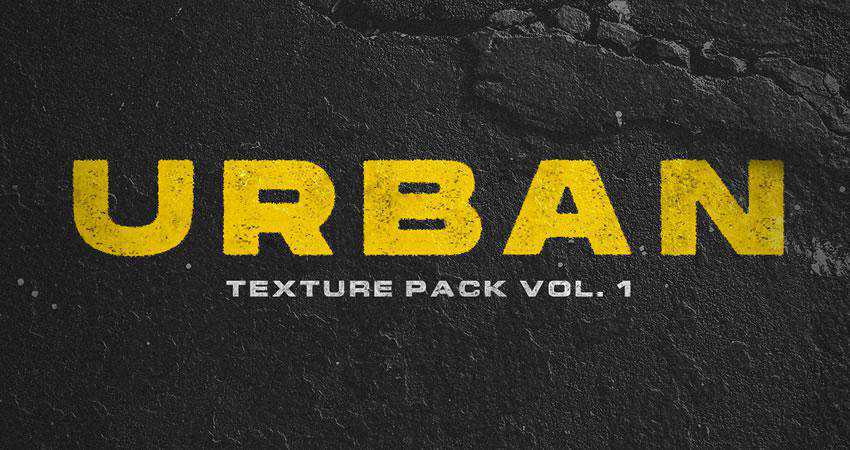
Free Vintage & Retro Textures
8 Free Vintage Textures (By Flash Graphics, AI & EPS)
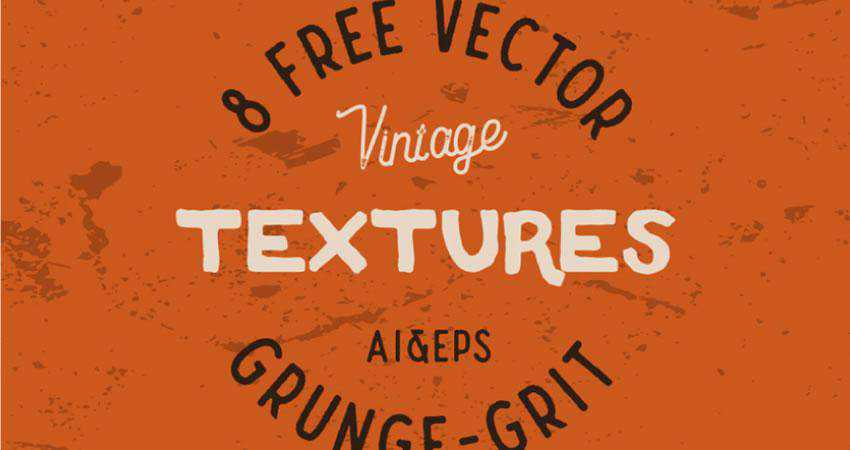
10 Vintage Halftone Textures (EPS & PNG)
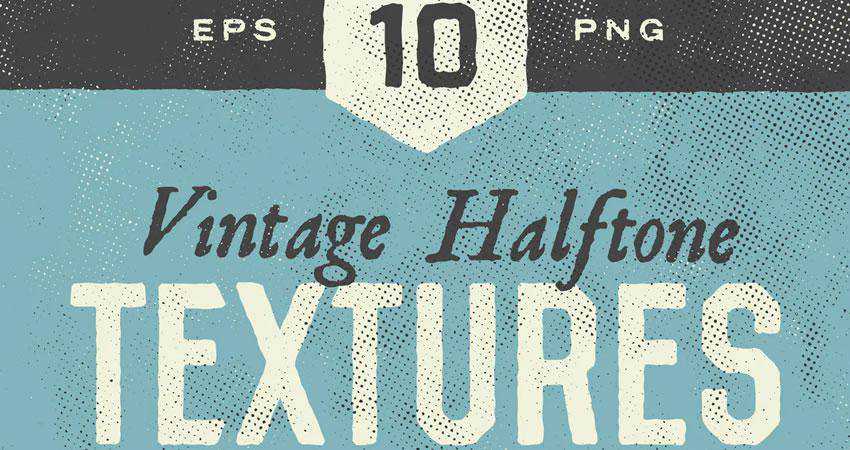
10 Vintage Noise Animated Textures (By Diego Darriagada, AE)
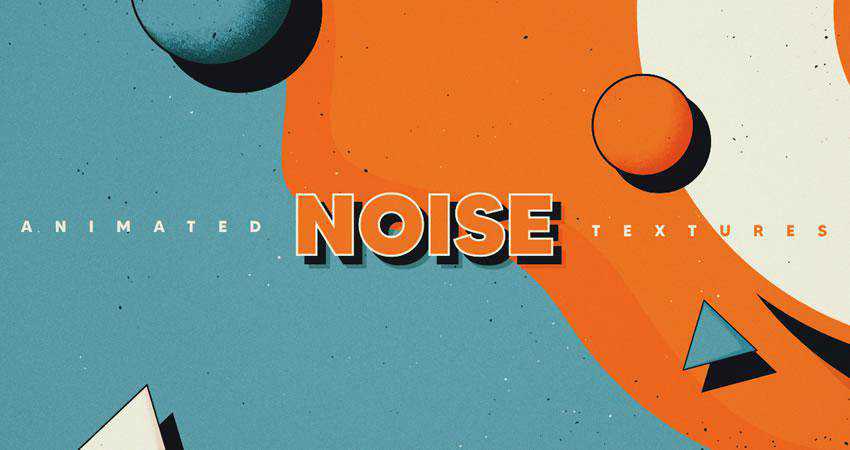
12 Film Dust Vintage Grunge Textures (By MiksKS, JPG)
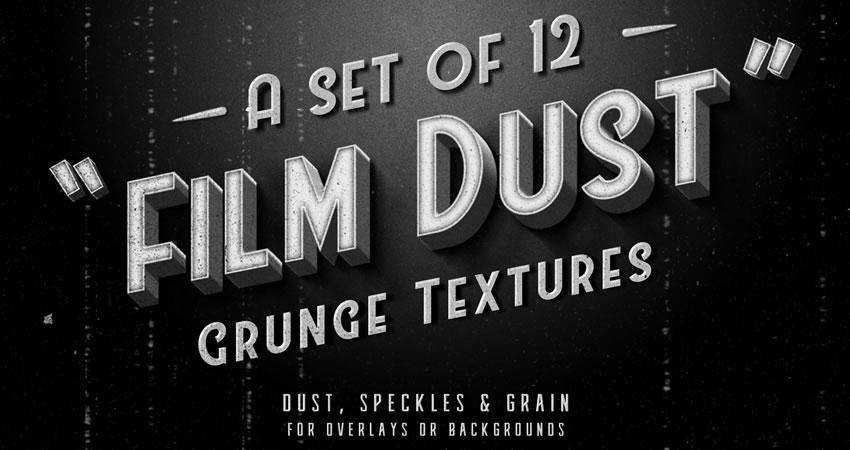
24 Authentic 1930s Vintage Postcard Textures (By Spoon Graphics, JPG)
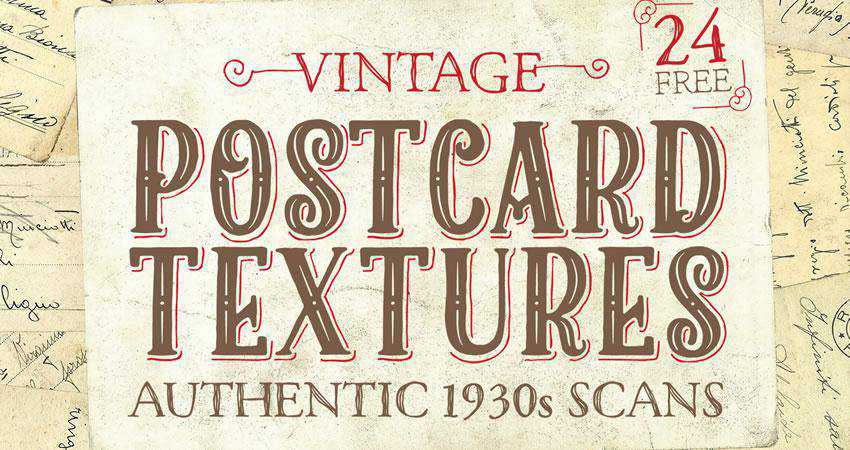
Free Grunge Textures
50 Grunge 4K Textures (By Erkan Kirdar, JPG)
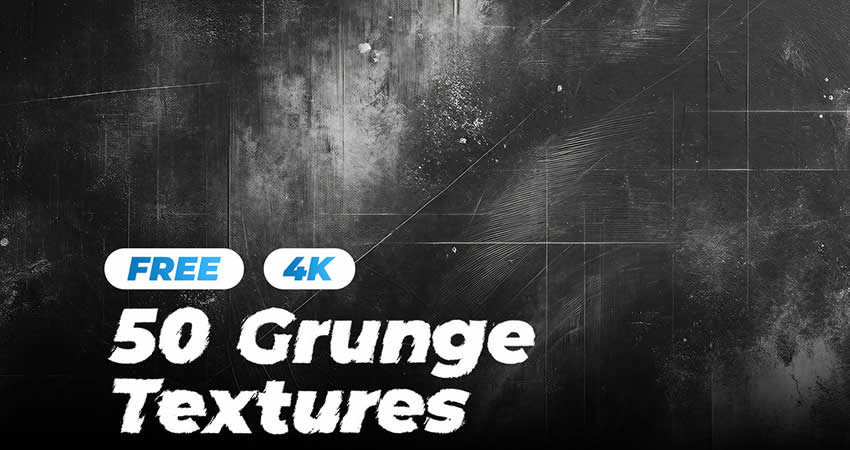
24 Free Grunge Textures (By LTC Shop, PNG)
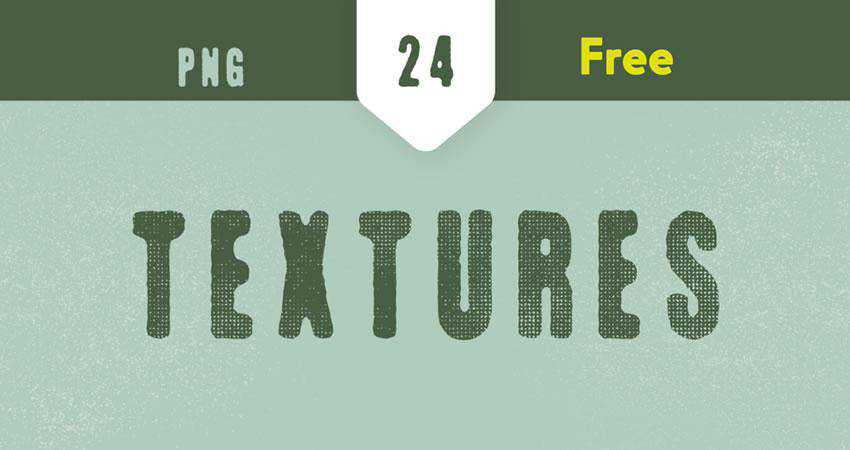
10 Free Digital Grunge Textures (By Pale Supply, EPS & PNG)
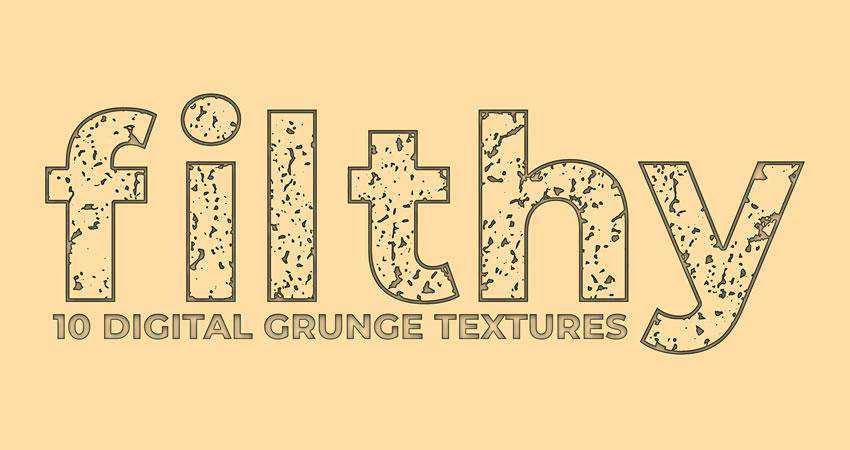
Blackview Free Vector Grunge Textures (By The Designest, PNG & EPS)
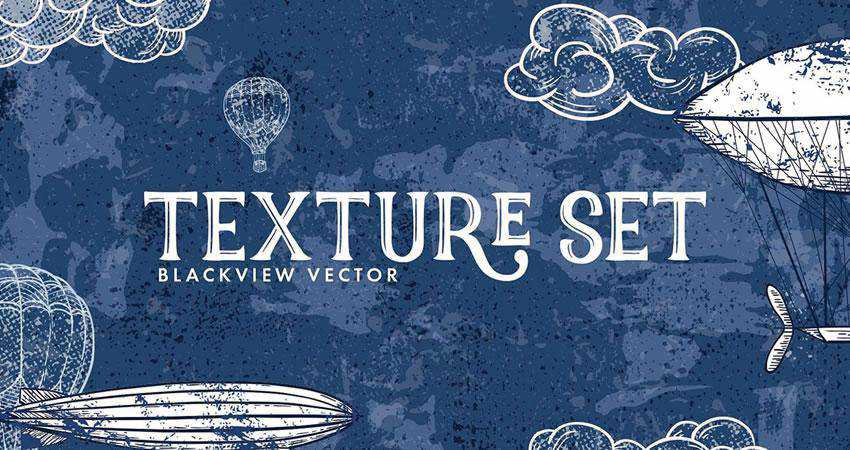
5 Subtle Grunge Vectors (By Liam McKay, PNG, EPS, SVG, AI & JPG)
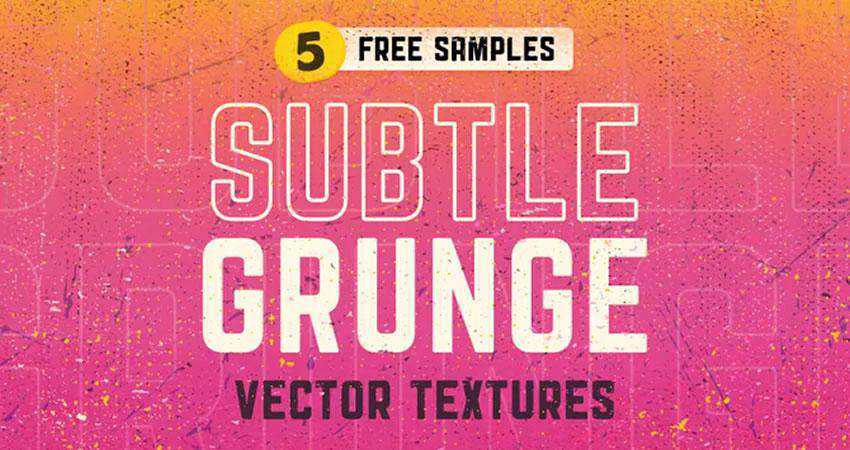
10 Free White Subtle Grunge Textures (By GraphicsFuel, JPG)
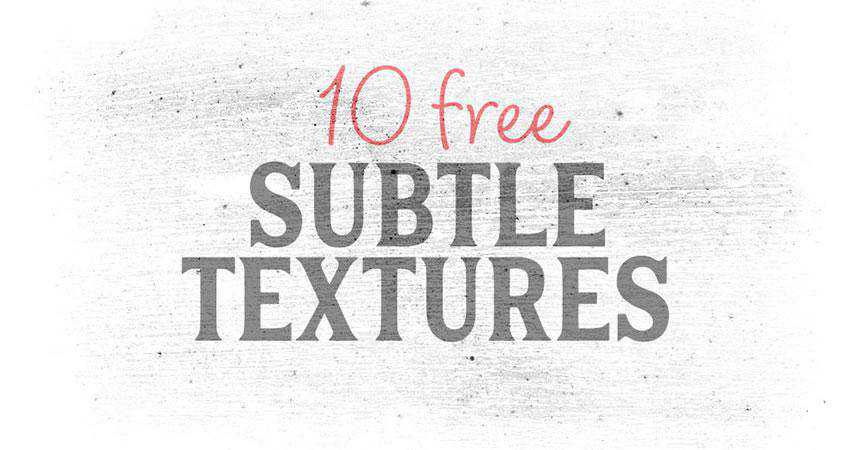
Free Grain & Noise Textures
20 Subtle Grain Textures (By Bart Wesolek, JPG & PNG)
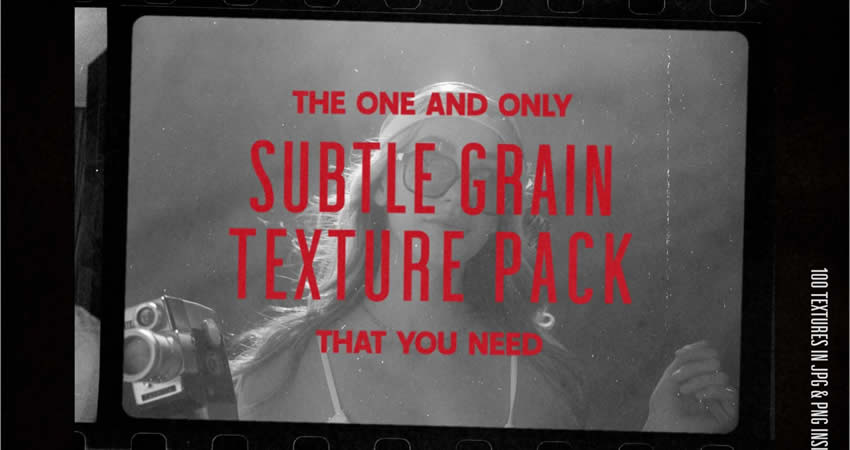
10 Film Grain Textures (By Arkadzi Ulitski, JPG)
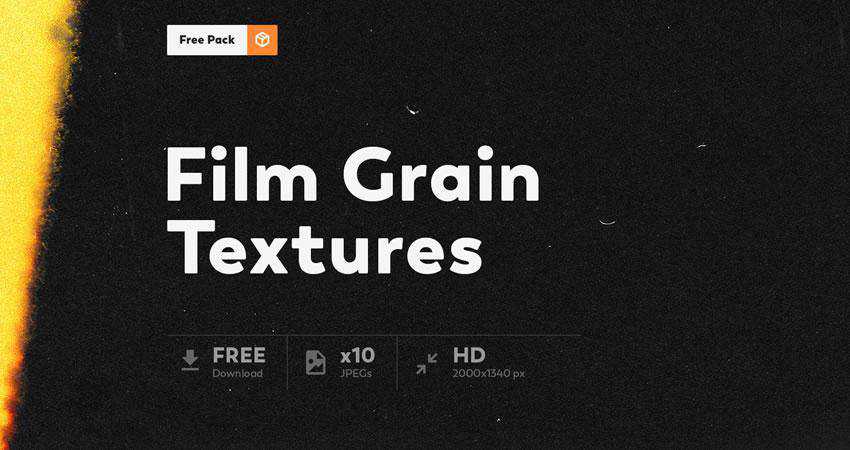
5 Photocopy Noise Textures (By Indieground Design, JPG &PSD)
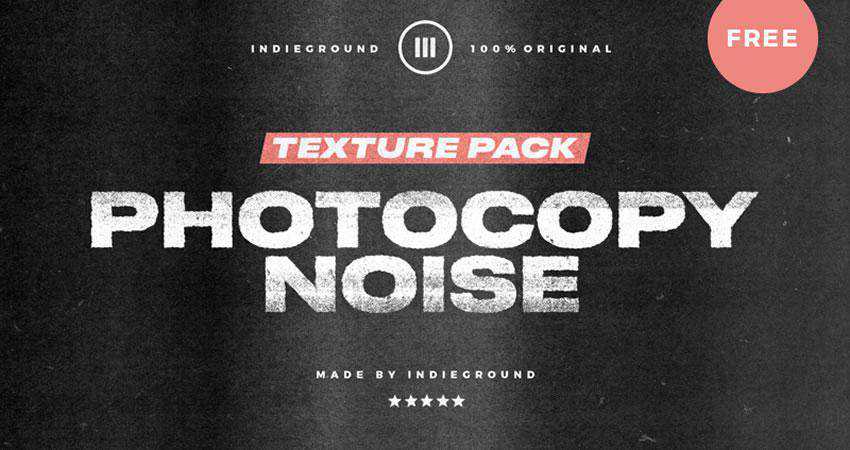
Free Abstract & Fractal Textures
10 Vivid Gradient Abstract Textures (By Unio Creative Solutions, AI & PNG)
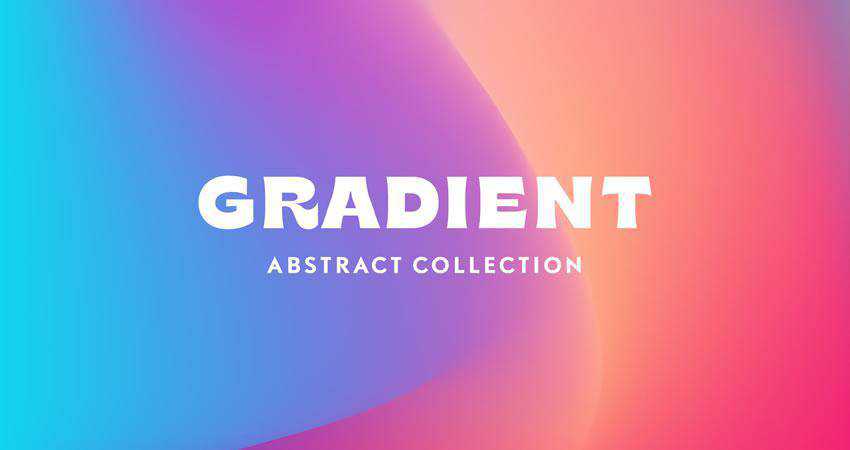
8 Free Ethnic Abstract Textures (By Creative Veila, PNG)
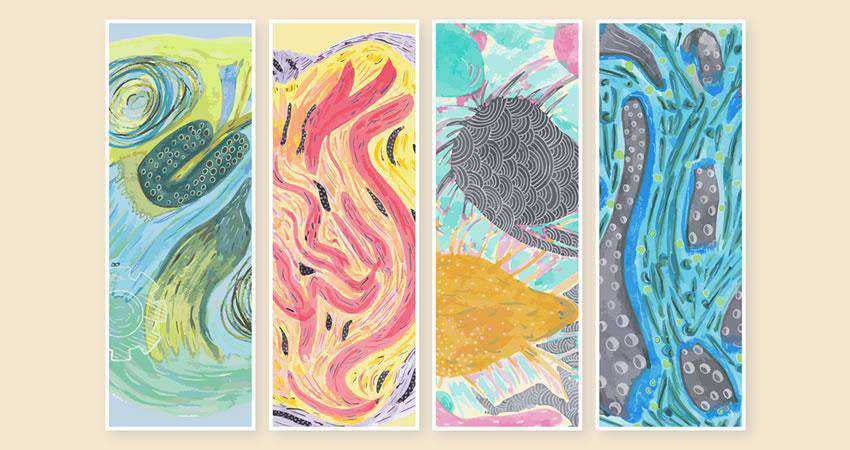
8 Free Abstract Watercolor Textures (By Creative Veila, PNG & JPG)
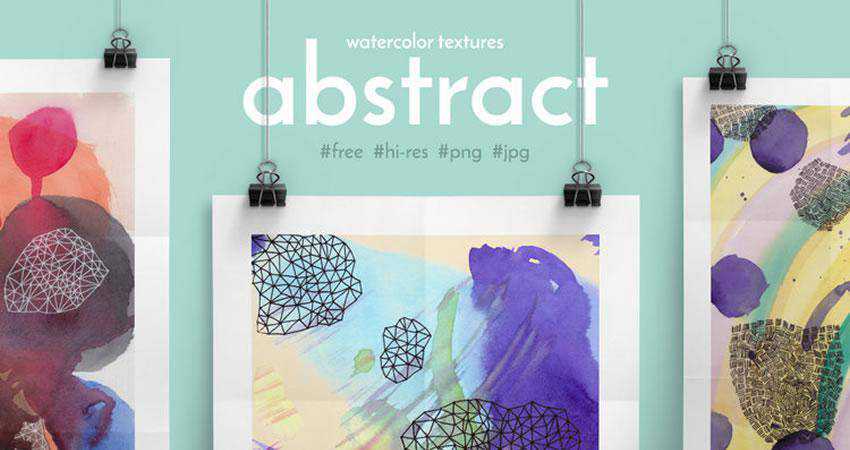
5 Holographic Textures (By Indieground Design, JPG)
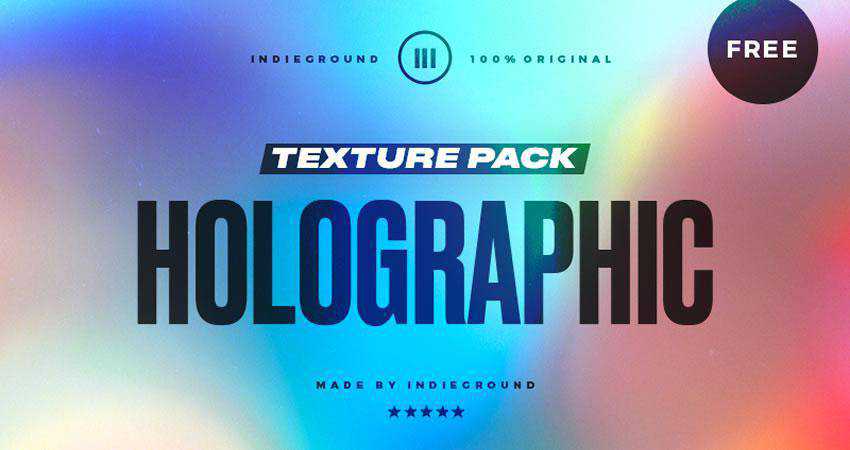
18 High-Resolution Fractal Textures (By Elliot Pessah, JPG)
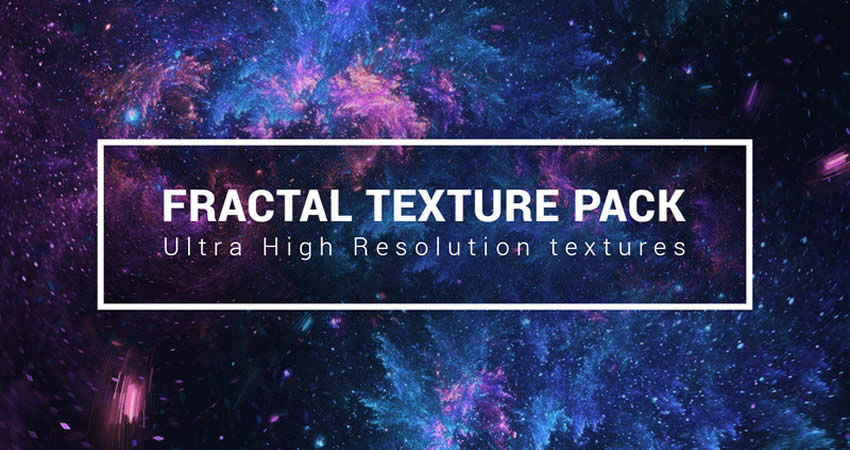
Free Stone & Concrete Textures
20 Stone Wall Textures (PSD)
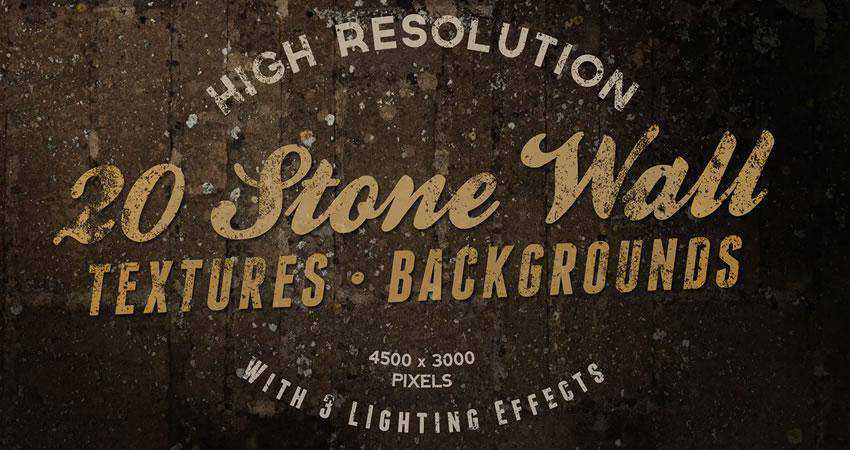
Vector Concrete Texture Pack (By Phil Goodwin, PNG & EPS)
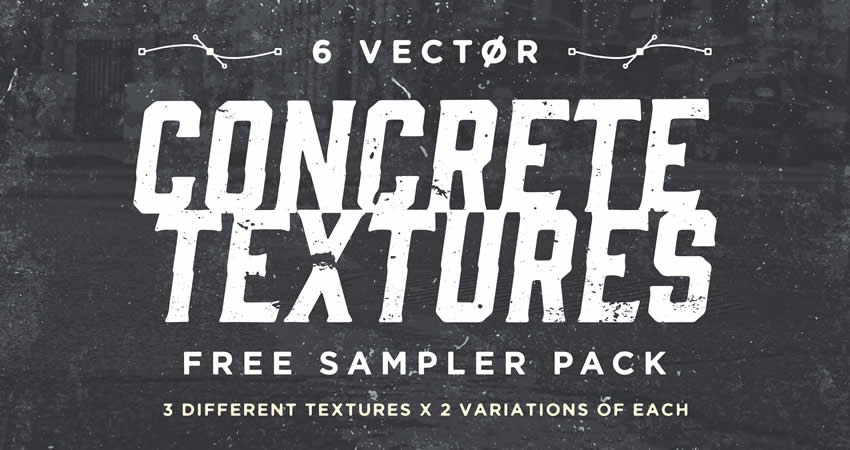
5 High-Resolution Brick & Tile Textures (By Michael Hylton, JPG)
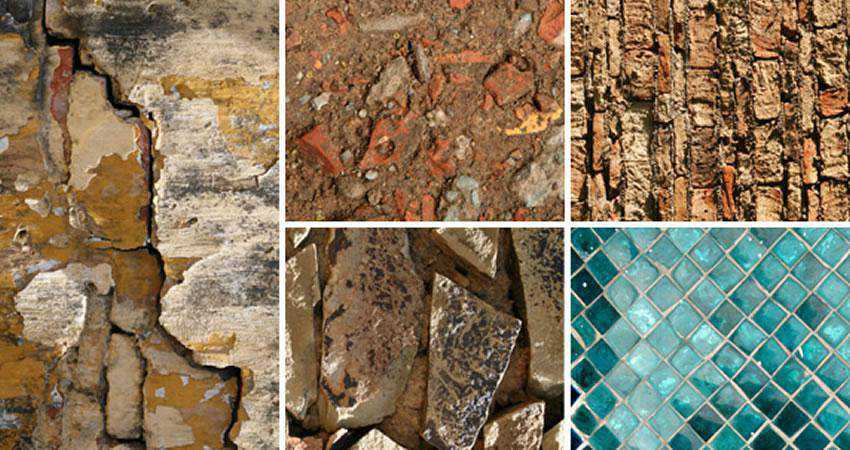
10 Old Wall Textures (By GraphicsFuel, JPG)
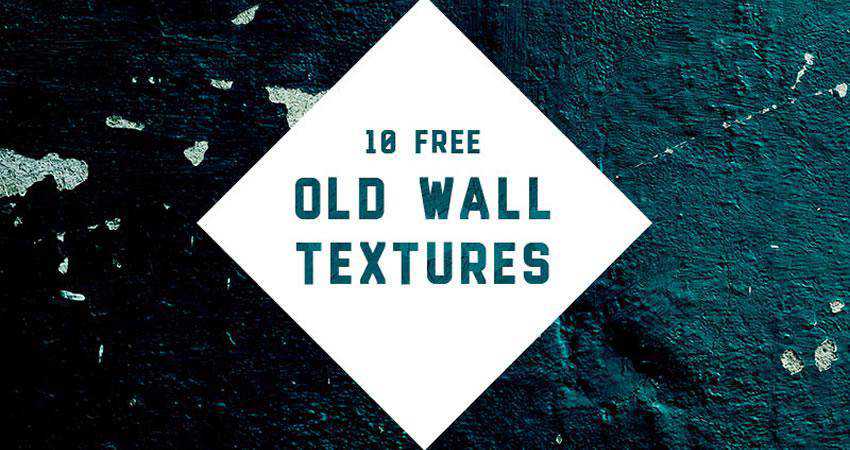
10 Marble Textures (EPS & PNG)
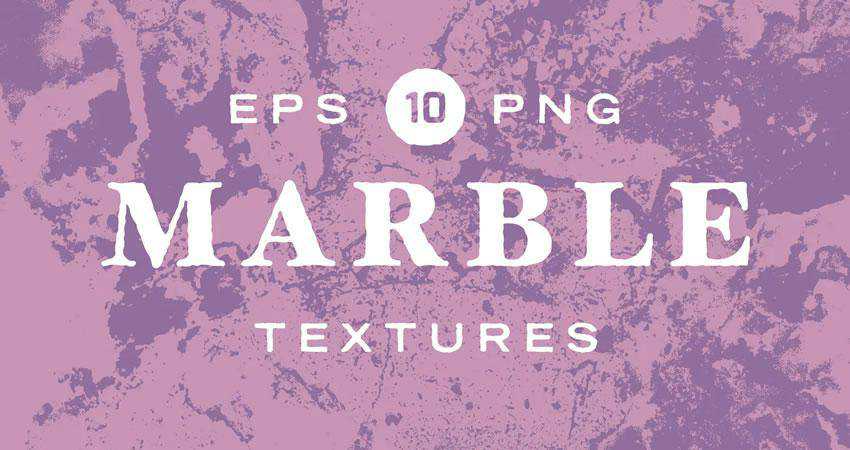
10 Free Concrete Textures (GraphicsFuel, JPG)
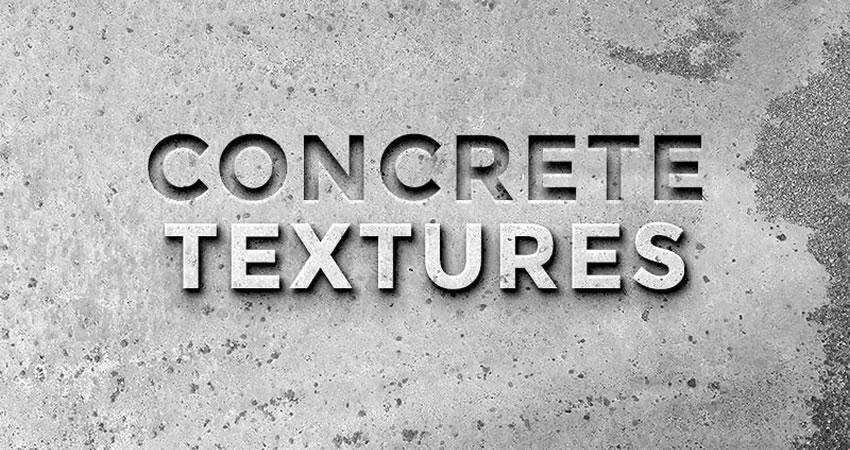
Free Metallic Textures
12 Free Copper Textures (By The Designest, JPG)
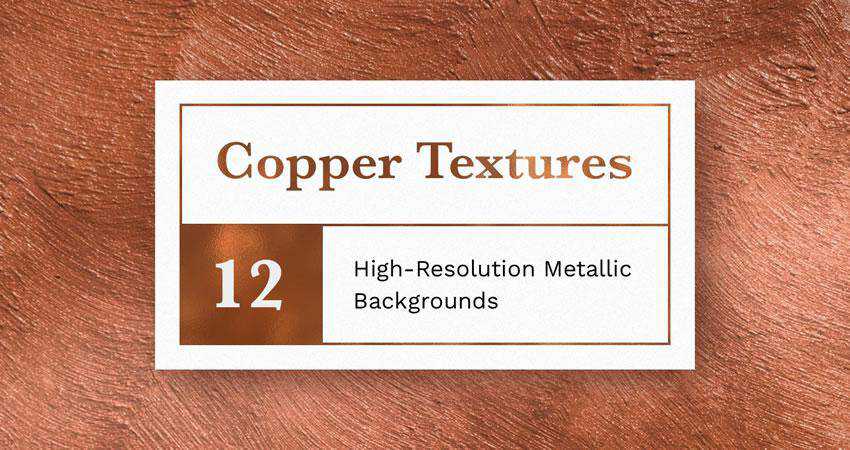
9 High-Resolution Metal Surface Textures (By Orman Clark, JPG)

Free Paint & Graffiti Textures
Free Artistic Paint Textures (By Deezy, JPG)
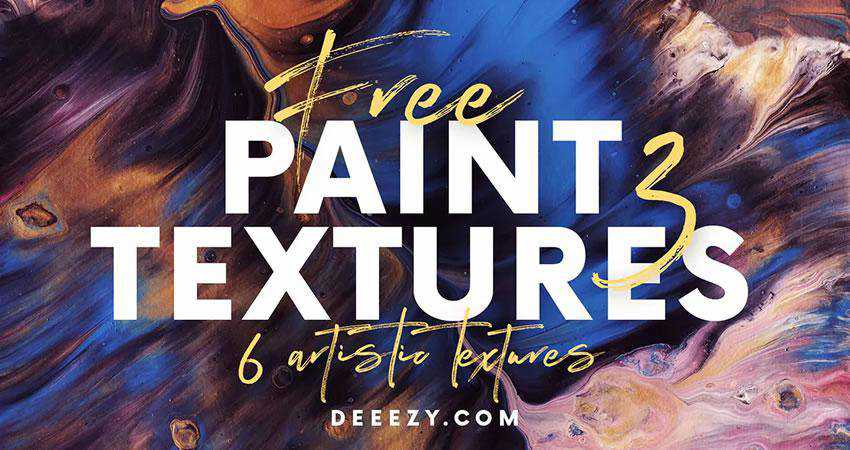
14 High-Resolution Graffiti Textures (By Orman Clark, JPG)

16 Free Sprayed Vector Texture (By Texture Fabrik, EPS & PNG)
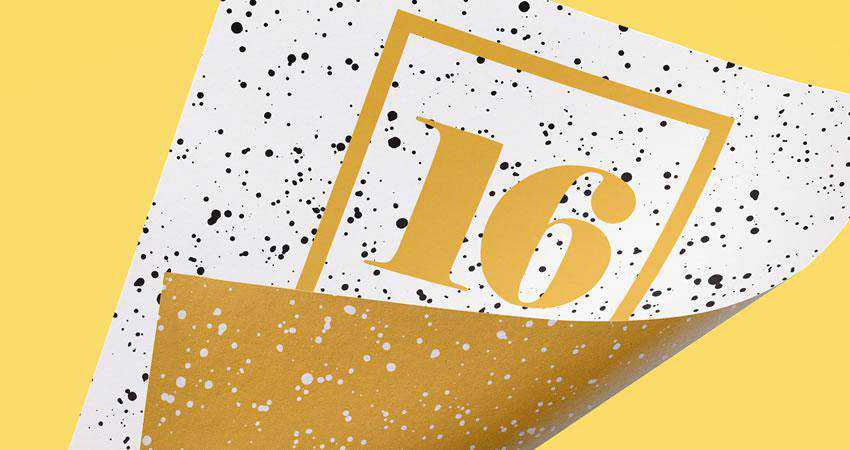
Free Wood Textures
5 Free High-Resolution Wood Textures (By Isaac Gube, JPG)
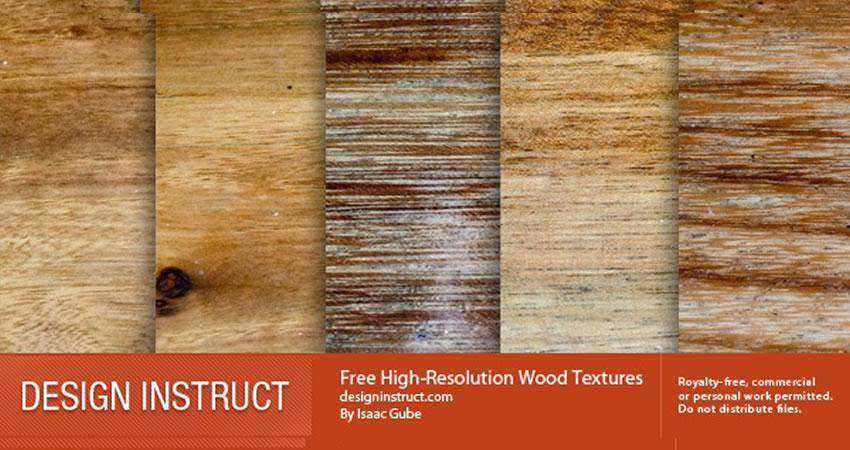
12 Organic Textures (PSD & AI)

20 Organic Vector Textures (By GraphicsFuel, PSD)
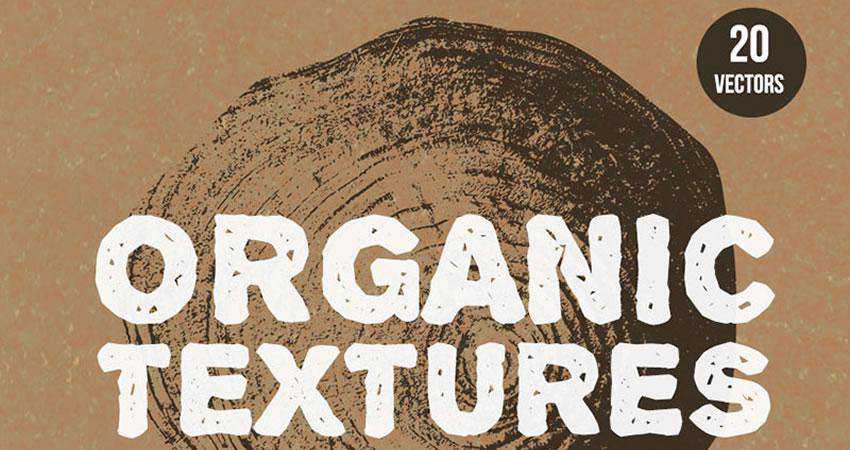
10 Free Withered Wood Textures (By GraphicsFuel, JPG)
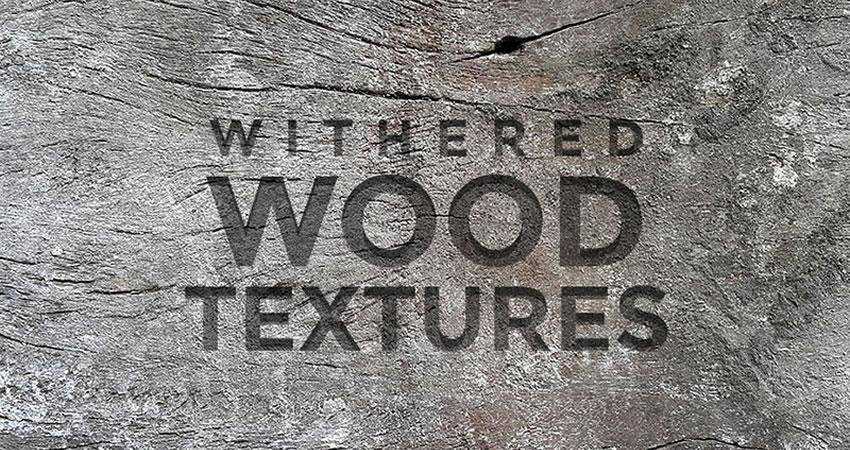
Free Wood & Paint Textures (By Eilert Janen, JPG & PNG)
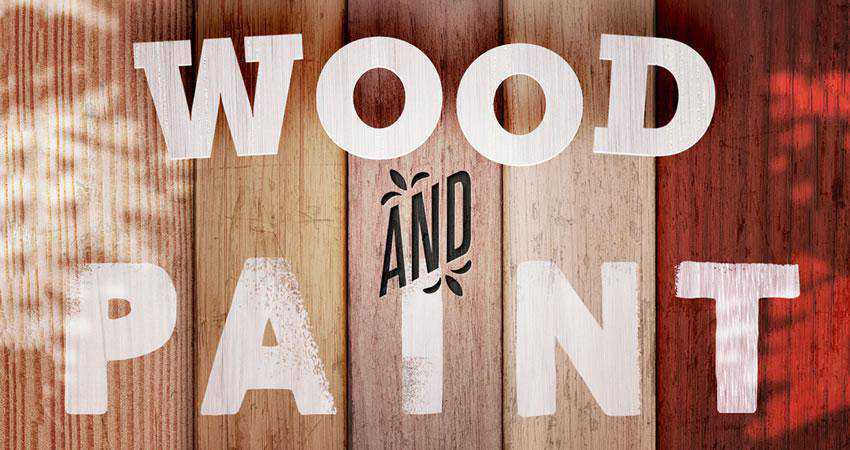
Free Fabric Textures
9 High-Resolution Fabric Texture Pack (By Orman Clark, JPG)

25 Denim Textures (By Bart Wesolek, PNG & EPS)
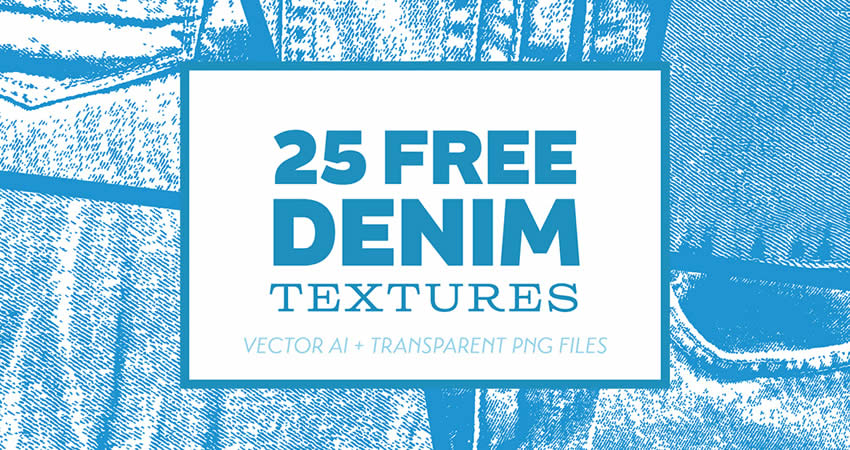
6 Free High-Resolution Fabric Textures (By Design Instruct , JPG)

Free Black & White Textures
22 Textures on Black Backgrounds (By Media Militia, JPG)
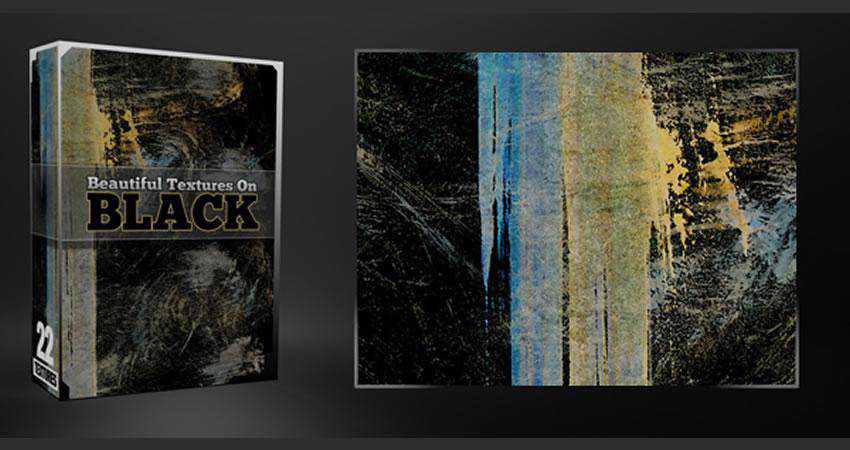
Black & White Seamless Textures (By Timxez, JPG)
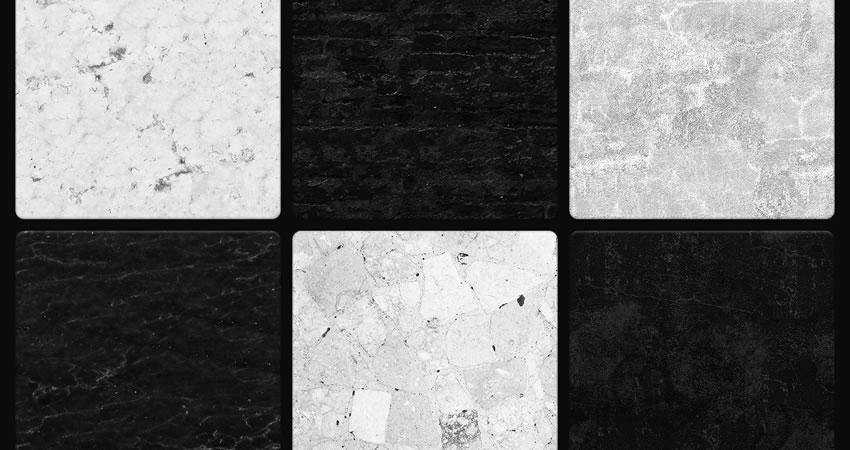
Free Miscellaneous Textures
100 Fire & Flame 4K Textures (By Hyperpix, JPG)
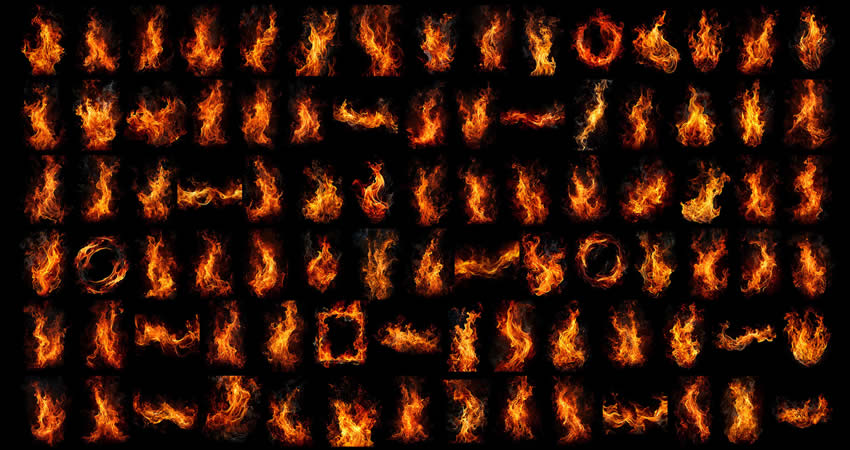
Seamless Vector Textures (By Timxez, EPS & PNG)
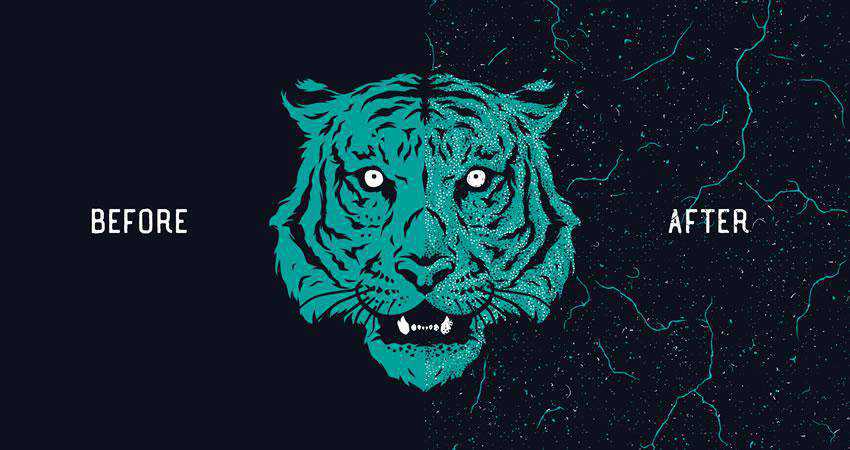
10 Chalk Textures (AI, EPS & PNG)
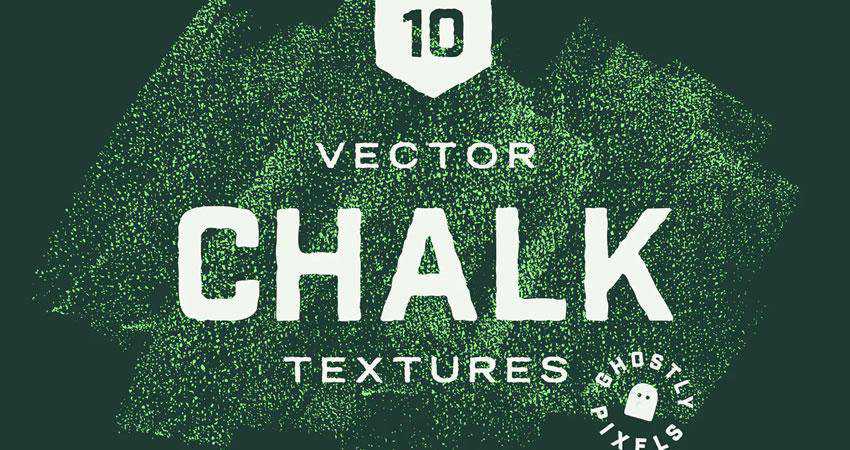
7 Plastic Textures (By Alessandro Silva, JPG)
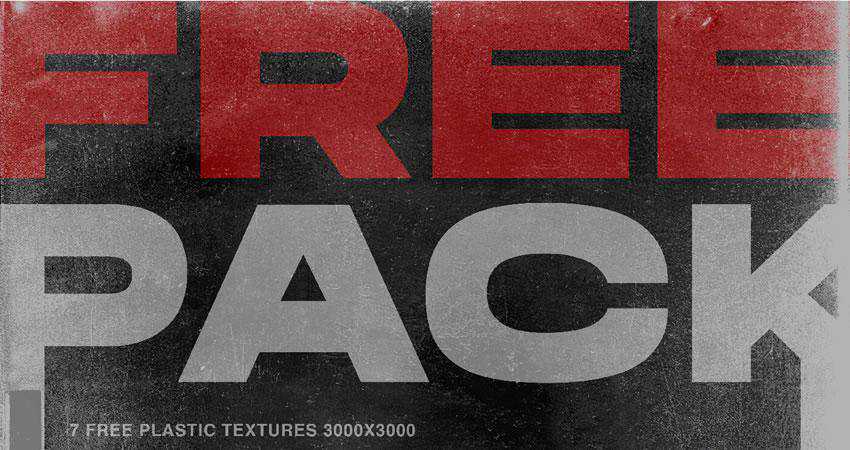
How to Incorporate Textures into Your Workflow
Once you’ve found the textures that resonate with your project, integrating them is a straightforward process. Most photo and video software allows you to overlay textures onto your artwork. You can then adjust their opacity and blending modes to achieve the desired effect.
Remember to consider the context of your project when choosing textures. Whether you’re creating a vintage poster, a modern website, or an artistic masterpiece, textures can be your trusty companions on the creative journey.
By understanding the role of textures and experimenting with their application, you can breathe life into your work and engage your audience on a whole new level.
While it is true that you can use very subtle, unobtrusive textures, you should also keep in mind that some textures can draw the eye more than just a solid color. This means that it’s best to use textures that create contrast and highlight areas of the page that are important.
Related Topics
Top

